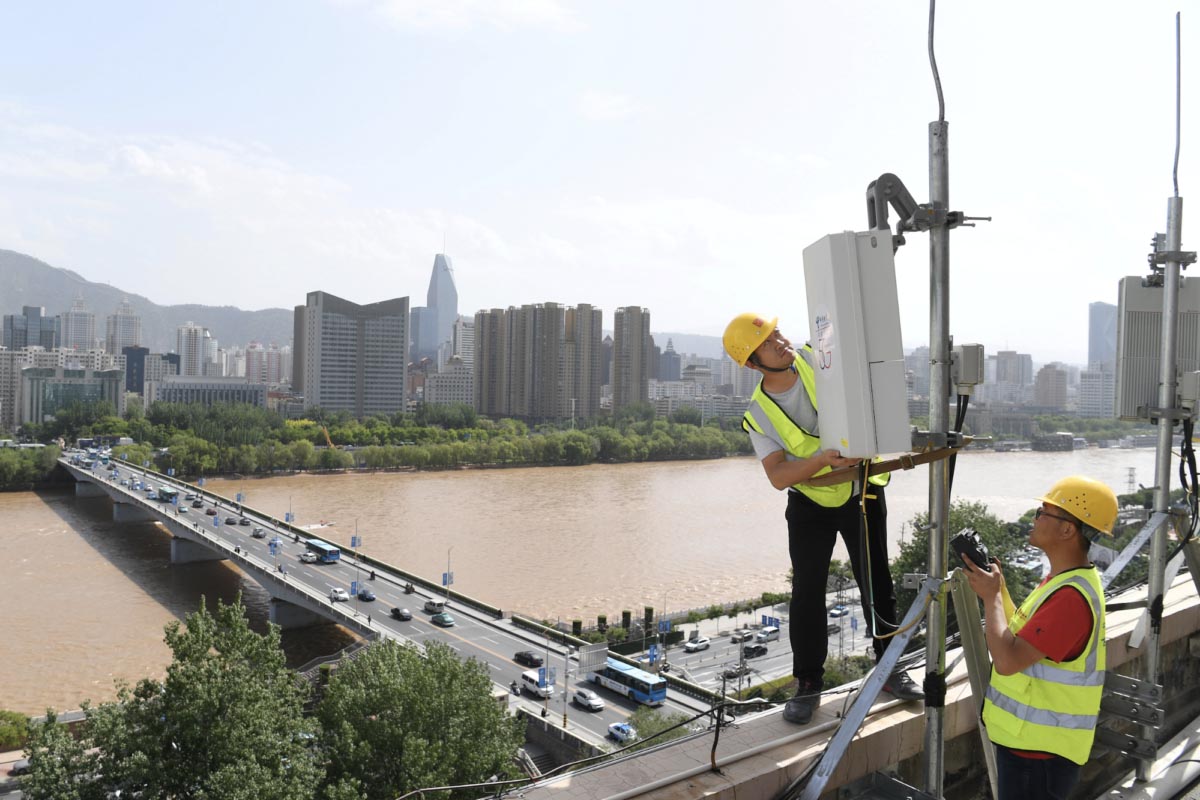
One obstacle to the government’s objective of attaining net-zero by 2060, according to Greenpeace, is digital infrastructure. According to Greenpeace, the carbon footprint from China’s rapidly expanding digital infrastructure is expected to any more than double in 2035, posing a new obstacle to the administration’s ambitious target of attaining net-zero before 2060.
According to a paper released on Friday by a non-governmental agency, harmful carbon dioxide produced by 5G ground stations as well as data centers is expected to keep growing even after large polluters such as coal and construction achieve top emissions around 2025. By 2035, it might reach 310 million tons per year, surpassing France’s carbon emissions.
China has the world’s biggest 5G infrastructure and some of the largest global data centers. The year before, the two sectors utilized nearly the same amount of fuel as Beijing and Shenzhen altogether. Over than 60% of it originated from coal, the filthiest fossil fuel, with energy demand expected to nearly treble by 2035, according to the research.

Local governments are looking at options to attain top emissions by 2060 when China aspires to be environmentally sustainable. According to Greenpeace, escalating emissions from internet infrastructure will be a big concern they must face. According to the research, only two large Chinese data center businesses have promised to adopt 100% renewable energy by 2030.
In addition, Greenpeace said in research released Wednesday that many of the country’s largest digital businesses proactively source renewable energy and share energy use and emissions statistics. Despite this, just 2 of the 22 organizations polled said they obtain more than 3% of their energy from carbon-free alternatives like wind and solar.
After all, China is home to about a fourth of the globe’s data centers, which demand more energy than Malaysia combined. Many of China’s IT juggernauts should invest in renewable energy, especially given the nation’s goal of achieving net-zero emissions before 2060.









